Is cashew tree a legume? Why are people often confused with cashew tree as a legume?
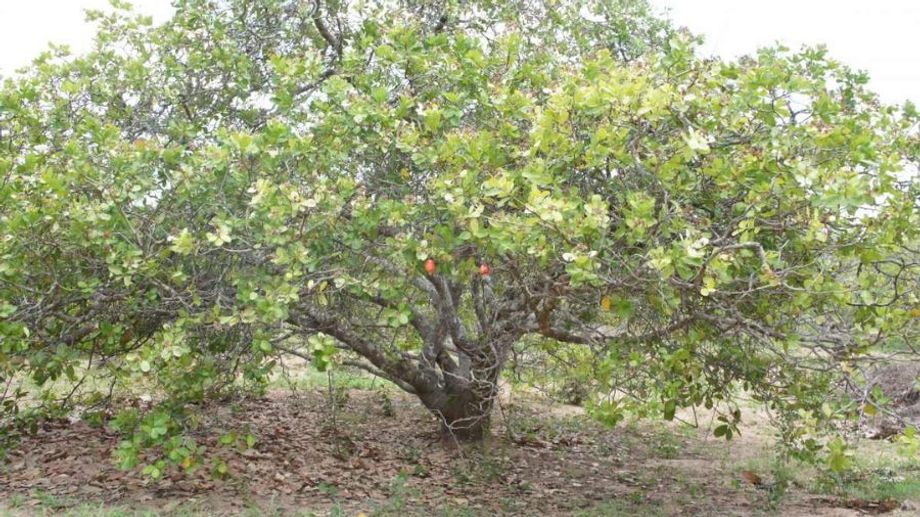
Mục lục
Surely everyone knows about cashew trees. Many people think that cashew nuts are legumes. So are cashew nuts legumes? Why is there such confusion? What are the characteristics of comparing legumes with cashew trees? If you also have such questions, let's find out through our following article!
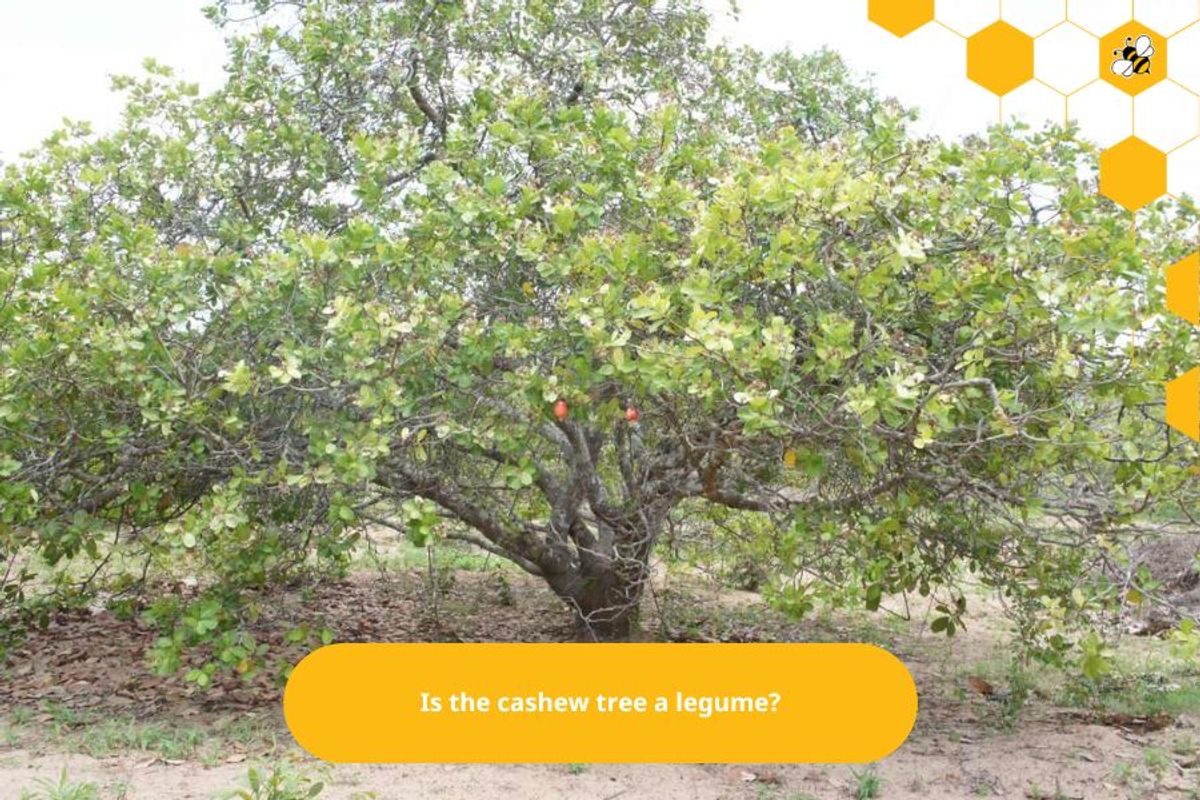
Is the cashew tree a legume?
The cashew nut is the seed of the cashew tree (Anacardium occidentale), a tree in the Anacardiaceae family that is native to the coastal regions of northeastern Brazil. The cashew tree can grow to a height of about 14 meters and can live for 25 years or more.
However, because cashews grow in a hard shell inside the nut rather than in a fruit, they are not considered part of the legume family. Summary: Cashews are similar in structure to legumes such as peanuts. However, because of the way they grow, they are not considered part of the legume family.
The legume family (Fabaceae or Leguminosae) includes many plants, and their fruits or seeds are widely used in agriculture and cooking. Well-known legumes include alfalfa, clover, beans, chickpeas, lentils, lupins, peas, soybeans, mesquite, peanuts, locust bean, and tamarind. Beans are a rich source of nutrients, containing protein, vitamins, and minerals. They are low in fat and calories, making them a healthy and vegetarian choice. In addition, beans help improve soil and make green manure to enhance soil health in agriculture.
The legume family (Fabaceae or Leguminosae) includes many plants, and their fruits or seeds are widely used in agriculture and cooking. Well-known legumes include alfalfa, clover, beans, chickpeas, lentils, lupins, peas, soybeans, mesquite, peanuts, locust bean, and tamarind. Beans are a rich source of nutrients, containing protein, vitamins, and minerals. They are low in fat and calories, making them a healthy and vegetarian choice. In addition, beans help improve soil and make green manure to enhance soil health in agriculture.
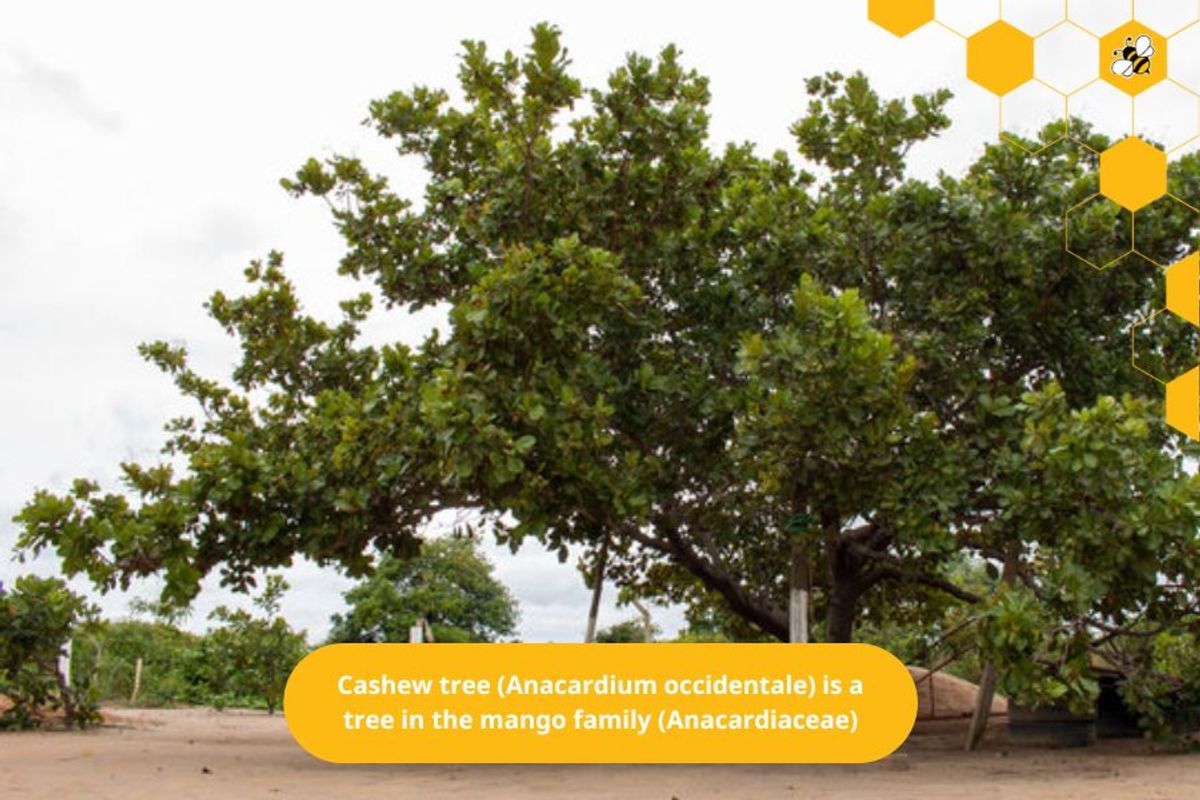
Why Cashews Are Often Confused as Legumes
Cashews and legumes are often confused because they have some similar characteristics. Here is some information about both plants:
Cashew (scientific name: Anacardium occidentale): is a tree native to the tropical regions of Latin America. The cashew tree has a nut that we commonly call a cashew. The cashew nut is covered by an outer shell, and to get the cashew nut, we have to remove this shell. Cashew nuts are shaped like walnuts and are often eaten as dried nuts or processed into products such as cashew butter, cashew milk, or cashew cakes.
Legumes: are a group of plants in the Fabaceae (or Leguminosae) family. Legumes include many different types of plants, such as beans, chickpeas, lentils, lupins, soybeans, peanuts, and tamarinds. Legumes are grown in agriculture, primarily for consumption as feed, silage for livestock, and as green manure to improve soil fertility. Most legumes are notable for having symbiotic nitrogen-fixing bacteria in structures called root nodules, which help to supply nitrogen to the soil and increase the productivity of other crops.
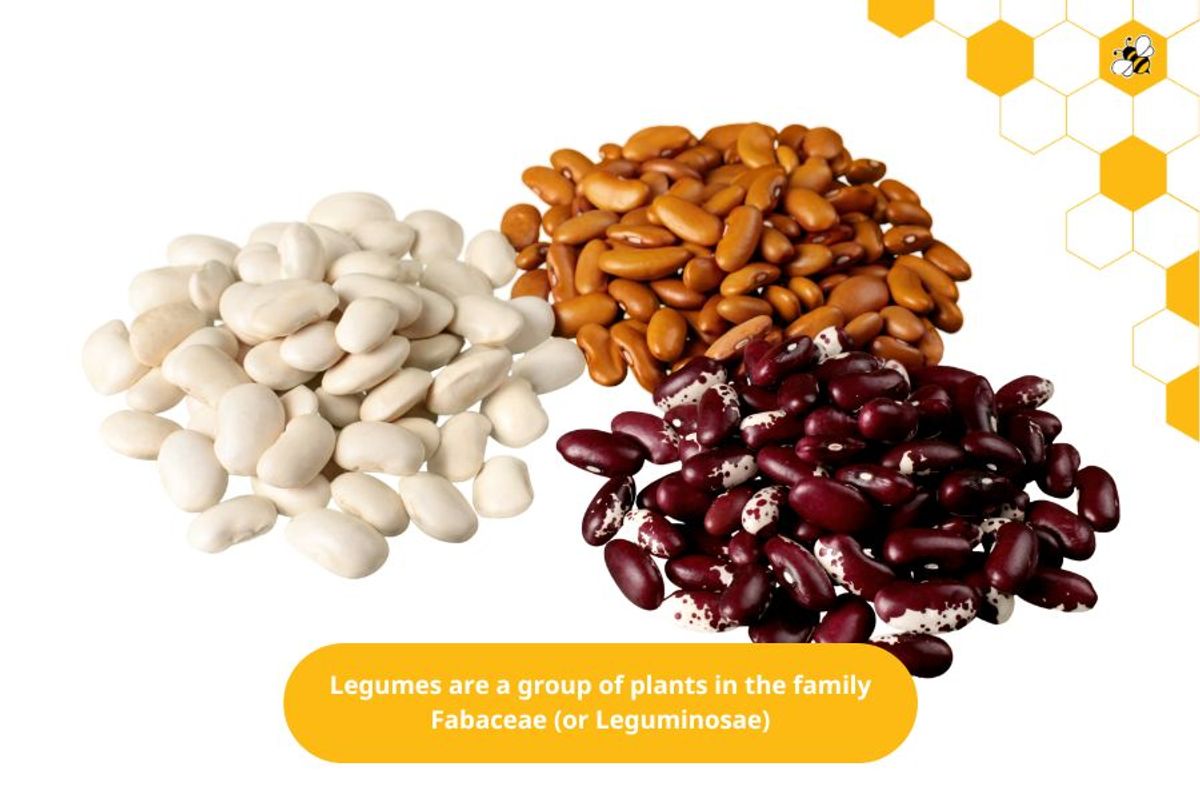
In short, cashews a tropical trees with large seed pods, while legumes are a taxonomic family that includes many types of herbs, shrubs, and trees, with the common characteristics of compound leaves and dry fruits. It is understandable that because they have some similar characteristics, people often confuse them.
Therefore, despite the similarity in name or shape, we should distinguish between cashews and legumes to avoid confusion.
Therefore, despite the similarity in name or shape, we should distinguish between cashews and legumes to avoid confusion.
Comparing the characteristics of legumes with cashews
Legumes (English: legume) are plants belonging to the family Fabaceae (or Leguminosae), either the fruit or the seed of that plant (also known as pulses, especially in dry, mature conditions). Legumes are grown in agriculture, mainly for human consumption, as fermented sour food for livestock, and used as green manure to help increase organic matter in the soil. Here are some comparative characteristics between legumes and cashews:
Legumes (Fabaceae)
A large family and the most evolved family in the Bean order.
Mainly herbaceous, twining, or climbing plants.
Some others are woody, shrubby plants with single-pinnate leaves, or 3 leaflets, simple leaves, and always have stipules.
The flowers are irregular, about 4 - 5 long, fused together.
Most Fabaceae are adapted to temperate climates, but there are also species adapted to warm conditions.
Legumes have the property of fixing atmospheric nitrogen into the soil in the roots and transferring it to the soil, improving the supply of nutrients to the soil.
Legumes also attract pollinating insects, increasing the biodiversity of agricultural ecosystems.
Legumes are notable for having symbiotic nitrogen-fixing bacteria in structures called nodules, and for being dry pods or legumes, and for that reason, they play a very important role in crop rotation.
The legume is a dry pod, developing from a folded carpel and usually splitting along the seams on both sides of the carpel margin and back to form two pods, each of which will give rise to half of the carpel. Some legumes do not split when ripe, for example, the peanut (Arachis hypogaea).
Mainly herbaceous, twining, or climbing plants.
Some others are woody, shrubby plants with single-pinnate leaves, or 3 leaflets, simple leaves, and always have stipules.
The flowers are irregular, about 4 - 5 long, fused together.
Most Fabaceae are adapted to temperate climates, but there are also species adapted to warm conditions.
Legumes have the property of fixing atmospheric nitrogen into the soil in the roots and transferring it to the soil, improving the supply of nutrients to the soil.
Legumes also attract pollinating insects, increasing the biodiversity of agricultural ecosystems.
Legumes are notable for having symbiotic nitrogen-fixing bacteria in structures called nodules, and for being dry pods or legumes, and for that reason, they play a very important role in crop rotation.
The legume is a dry pod, developing from a folded carpel and usually splitting along the seams on both sides of the carpel margin and back to form two pods, each of which will give rise to half of the carpel. Some legumes do not split when ripe, for example, the peanut (Arachis hypogaea).
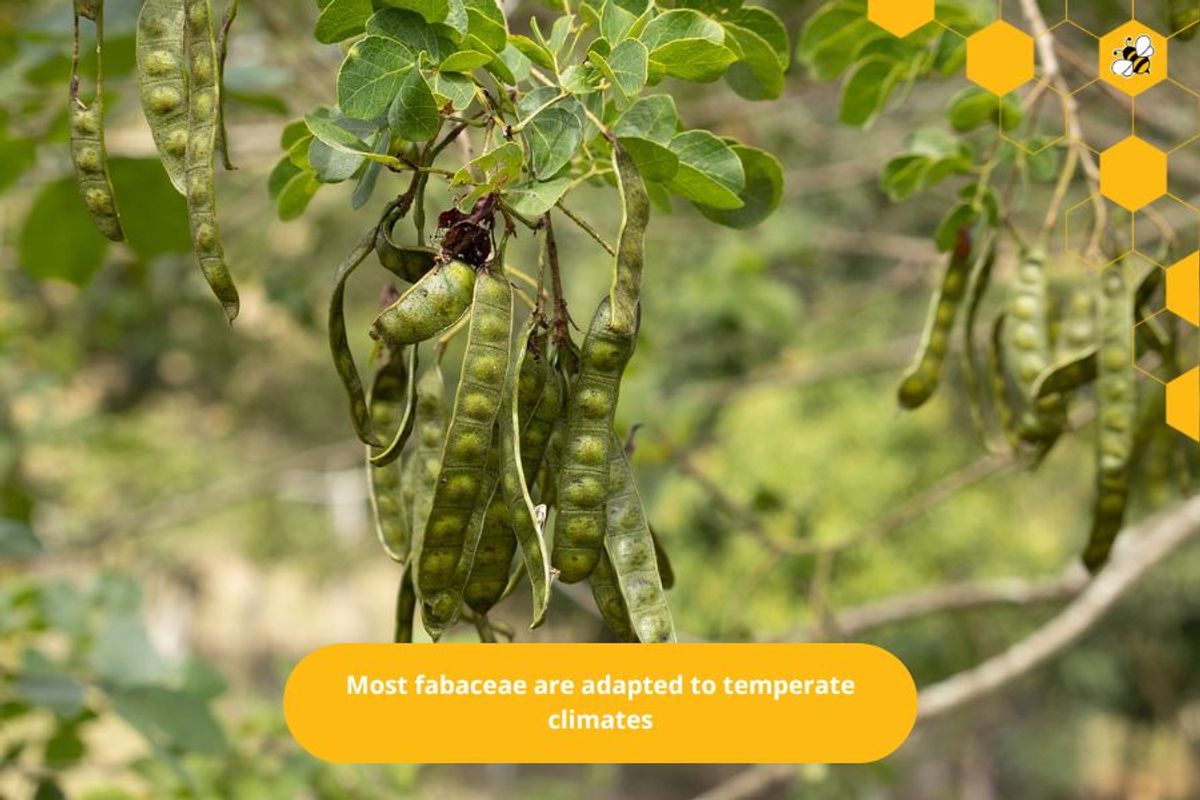
Cashew
The cashew tree belongs to the Anacardiaceae family.
The cashew tree is a tropical, evergreen tree (green all year round).
It is a tree, usually tall and straight. The trunk is about 5-10 meters high, often containing a lot of latex.
The leaves are simple, ovate, alternately arranged, with short petioles, usually dark green.
The cashew fruit has a large seed shape, located outside the shell.
Cashew trees like light and grow rapidly in cool, sunny areas.
The flowers are small and grow in clusters at the top of the branches.
Cashew nuts are a type of drupe, with a hard shell on the outside and a seed inside.
Cashew nuts contain many nutrients and fatty oils and are often eaten as roasted nuts and used as raw materials for cashew oil production.
In short, legumes and cashews have different characteristics in terms of structure, plant type, and fruit. Legumes are often grown for agricultural purposes and are a rich source of nutrients, while cashews are woody plants with seeds containing high fatty oils and are often used as food.
The cashew tree is a tropical, evergreen tree (green all year round).
It is a tree, usually tall and straight. The trunk is about 5-10 meters high, often containing a lot of latex.
The leaves are simple, ovate, alternately arranged, with short petioles, usually dark green.
The cashew fruit has a large seed shape, located outside the shell.
Cashew trees like light and grow rapidly in cool, sunny areas.
The flowers are small and grow in clusters at the top of the branches.
Cashew nuts are a type of drupe, with a hard shell on the outside and a seed inside.
Cashew nuts contain many nutrients and fatty oils and are often eaten as roasted nuts and used as raw materials for cashew oil production.
In short, legumes and cashews have different characteristics in terms of structure, plant type, and fruit. Legumes are often grown for agricultural purposes and are a rich source of nutrients, while cashews are woody plants with seeds containing high fatty oils and are often used as food.
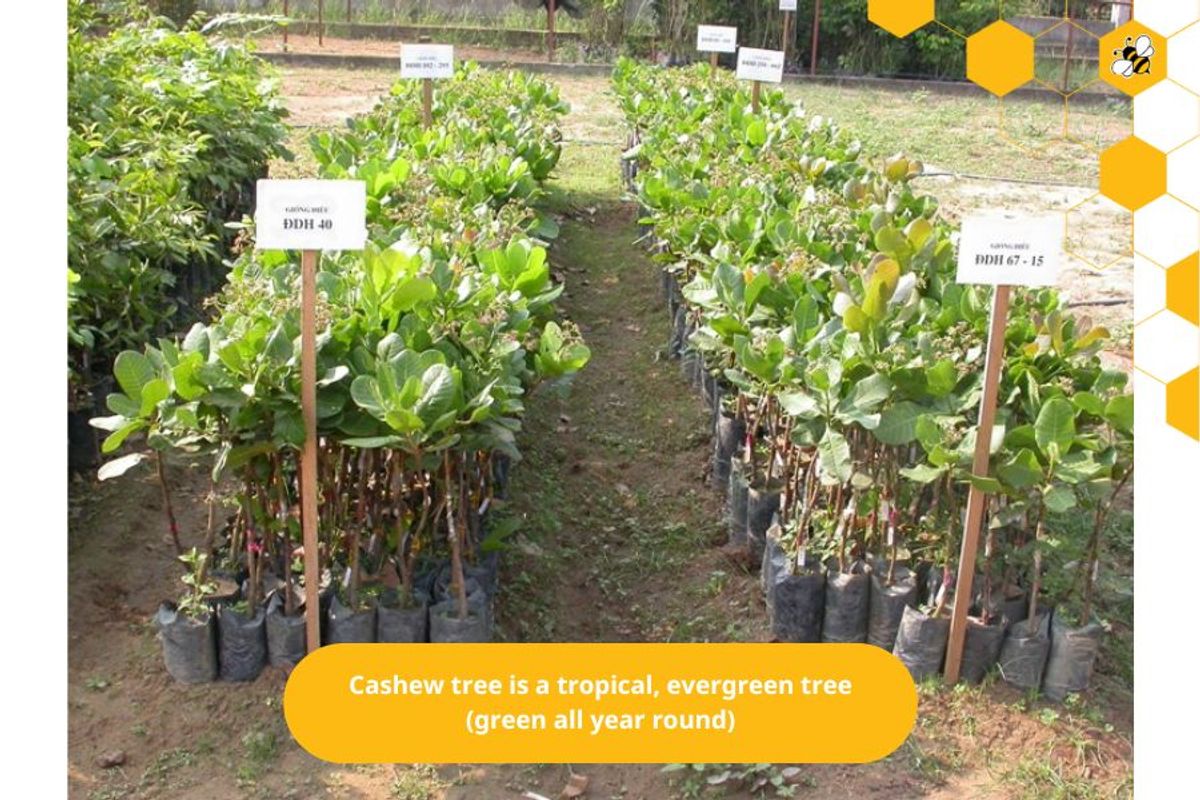
Summary
The article has probably helped you answer the above questions, right? Cashews only have the structure of nuts like legumes. Cashews are a member of the mango family, not a legume as we often think. However, whether they are mangoes or beans, cashews are a type of nut with nutritional value, very good for human health. Cashews contribute greatly to the prevention of some diseases.